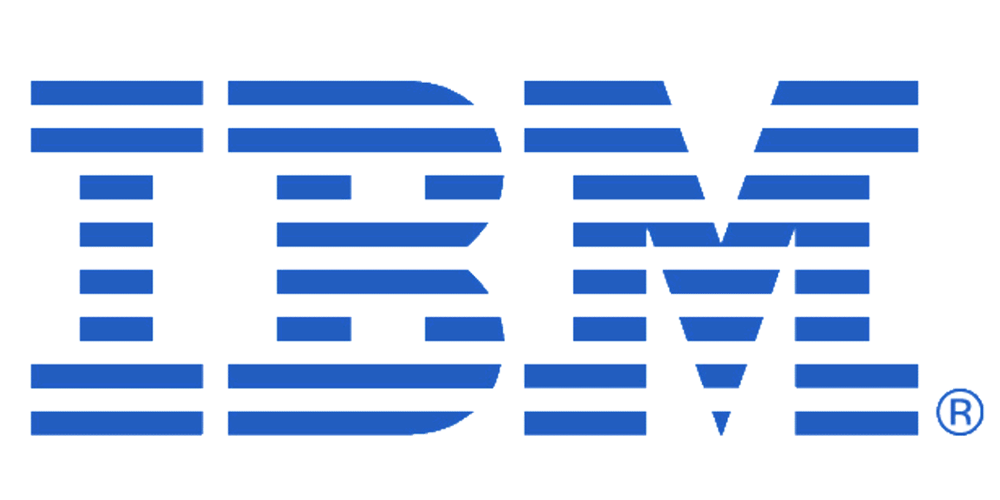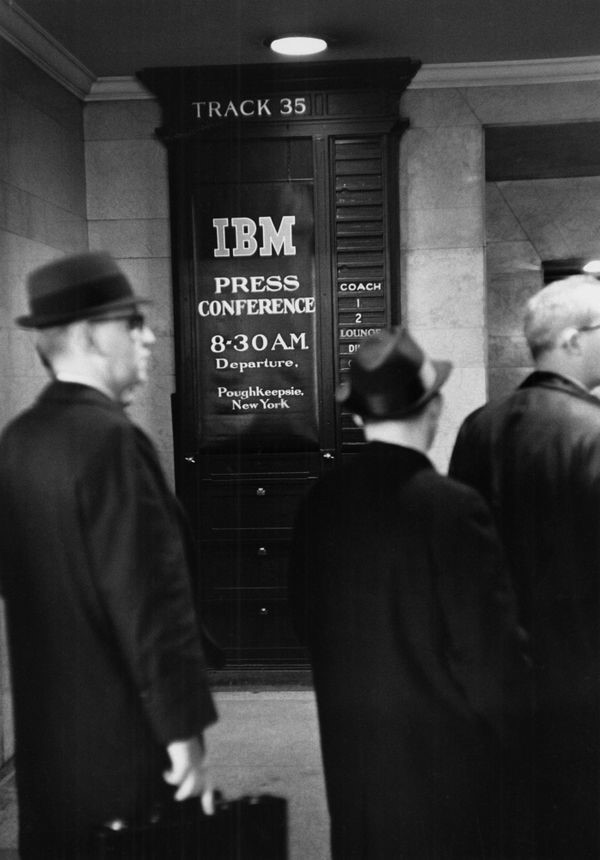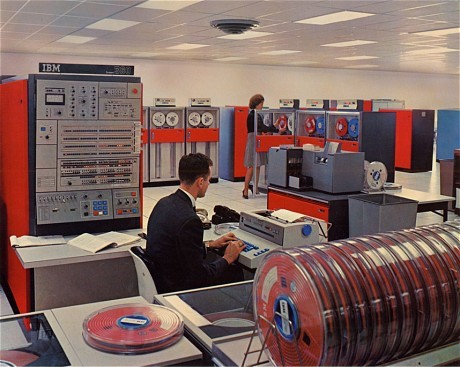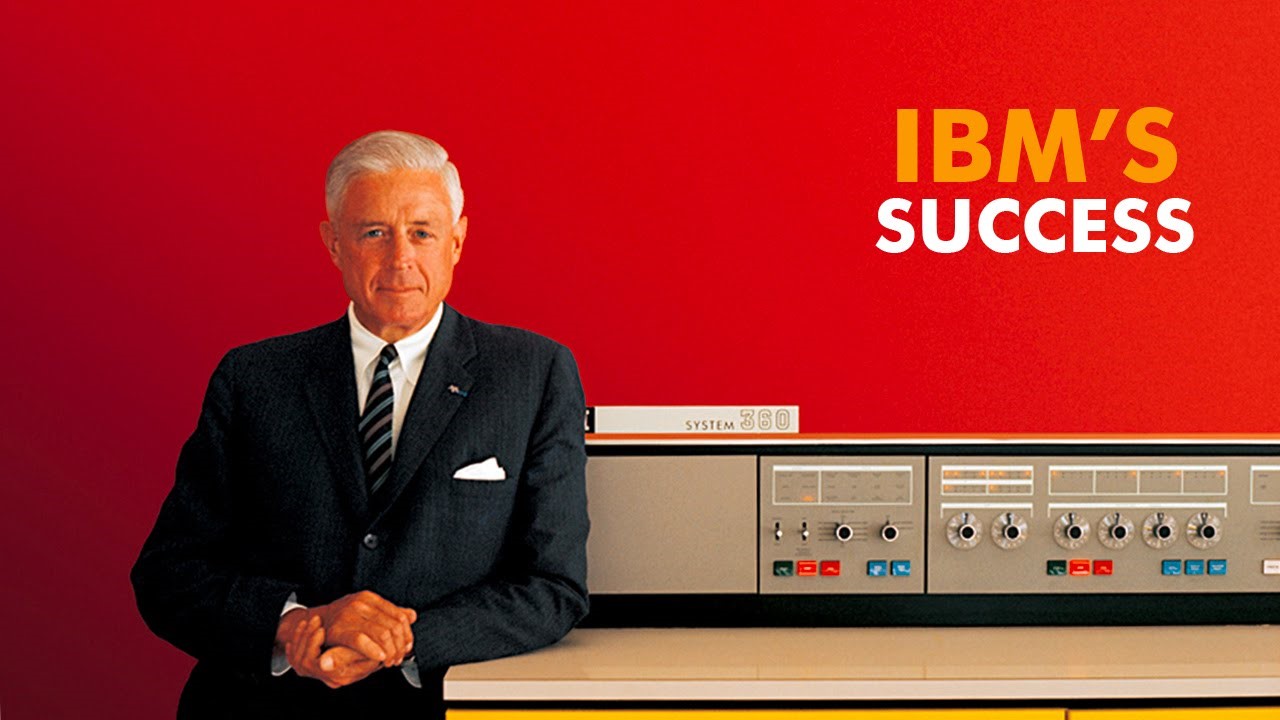7 Texas Businesses That Crush Their Marketing Strategy
by Patrick Foster
7 Texas Businesses That Crush Their Marketing Strategies
As the old phrase goes, everything is bigger in Texas, and that’s particularly true when it comes to Texan businesses. The Lone Star State is home to some of America’s largest companies, including ExxonMobil, AT&T and Pizza Hut.
But how does a small local business grow to the point where it is known both nationally and, in some cases on our list, globally?
The answer is by developing a highly effective marketing strategy. Marketing is the vehicle that builds a brand’s image and drives customer acquisition, which is the bedrock of a successful business. Here are seven Texan businesses that have got this just right.
Southwest Airlines
Southwest Airlines are masters at emotional storytelling, a clever marketing strategy that allows them to connect with customers on a deep and authentic level. During 2017 and the first half of 2018, Southwest Airlines hosted an interactive microsite called 175 Stories, a nod to the fact that there are 175 seats on each of their new Boeing 737 planes.
Each of these seats contains a passenger with their own story to tell, a story that the brand leveraged in their marketing by exploring each passenger’s emotional journey as well as their physical one.
Southwest Airlines has also utilized empathy as part of their social media strategy. In their Dallas ‘Listening Center’, a team of 40 customer service experts monitor social media channels around the clock with one primary goal: to simply listen to customers.
Being on hand to respond to complaints, queries and comments immediately is an excellent marketing strategy because it makes customers feel like the company cares about their experience.
With 64% of customers expecting a reply on Twitter within 60 minutes, Southwest Airlines are cleverly aligning their social media efforts with customer expectations.
Dr. Pepper
A young pharmacist called Charles Alderton invented Dr. Pepper in Waco, Texas, and it has since become a staple in American culture.
Though a perennially popular brand, Dr. Pepper enjoyed a significant boost in sales by embracing both social media and online gaming. The brand launched ‘Pepperhood’, a college-style fraternity of friends and fans of the drink, which offered challenges, prizes and the chance to become Pepperhood President.
This strategy garnered huge social engagement, with more than 70,000 players registering and more than 4,000 pieces of user-generated content being uploaded to the Pepperhood site.
Most importantly, sales increased significantly during the five month campaign by an impressive 385,000 units. Dr Pepper might be 130 years old, but it’s ahead of the game when it comes to marketing.
Shiner Bock Beer
Shiner Bock is a craft beer brewed in Texas, which is beloved by its home state, but has also grown in popularity nationwide. With rapid growth in the craft beer industry, there is a constant focus on what is new.
As such, it seemed natural for Austin ad agency McGarrah Jessee to return to Shiner’s roots when creating a campaign for the beer. By focusing on the 108-year history of the brand, McGarrah Jessee marketed Shiner as authentic and part of America’s history.
Shiner’s marketing strategy was a multipronged one, and the company paid $1.2 million for a Super Bowl spot in 2018 to get their message out there. By leveraging several different marketing methods at once, Shiner is retaining the image of a local beer whilst offering it to a national audience.
This strategy is evidence of the importance of branding when it comes to marketing a product or service. A rejuvenation of a brand’s image could be enough to turn around an ailing business. Indeed, you could pick up a local Texas business that isn’t performing so well and turn it around with a careful, considered brand revamp. You could then easily flip it for a quick profit.
Dickies
Texan brand Dickies has successfully made the jump from workwear to lifestyle brand, via an unexpected foray into skatewear. This is due in part to the success of DickiesStore.co.uk, the online distributor in the UK for the global Dickies brand.
Digital marketing specialists MediaVision were asked to help Dickies grow their market share by developing new audiences. Due to their product range, Dickies had assumed that their target audience lay naturally in the building trade but research identified other lifestyle verticals including gardening, camping and agriculture.
MediaVision implemented a paid search strategy based on factors such as seasonality and geographic location, and developed bespoke landing pages for niche interest groups outside of the workwear industry, such as dog walkers.
This worked particularly well on Facebook, with focus being steered away from products and towards lifestyle, taking likes for the Dickies page from 2000 to 20000 in just one year.
Whole Foods Market
Whole Foods Market was founded in Austin by four people who believed that the natural foods industry was ready for a supermarket format. They were right: Whole Foods Market is now a Fortune 500 company and is America’s largest retailer of organic foods.
The company was acquired by corporate behemoth Amazon for $13.7 billion earlier this year, but has retained its image as an alternative to the usual supermarket offerings in its latest marketing campaign.
Under the tagline Whatever Makes You Whole, the new campaign puts emphasis on shoppers rather than produce, and attempts to help Whole Foods shed the ‘whole paycheck’ image that had dogged it for years.
And it seems to have worked: sales at Whole Foods have soared in the past year. Whole Foods have managed to walk the tricky tightrope of offering ethically sourced organic food at lower prices, and their marketing reflects that.
Dell
University of Texas student Michael Dell founded the huge multinational computer technology company in 1984 with capital of just $1000. As of May 2014, Michael Dell’s net worth was approximately $18 billion. Such a figure is clear evidence of Dell’s impeccable marketing strategies over the last three decades.
Dell utilizes content marketing as an important part of their marketing strategy and has created a hugely popular podcast called Trailblazers. Though chiefly aimed at C-suite executives, the podcast is interesting for anyone with an interest in disruptive technologies.
Trailblazer has been nominated for a Webby award, garnering huge publicity for Dell, and their overall content marketing strategy was named in the NewsCred Top 50 Best Content Marketing Brands of 2018.
This method highlights the value of content marketing for businesses, both small and large. Take a look at local Texas business listings and you’ll find any number of brands that, regardless of their business niche, have implemented a solid content marketing strategy. Content marketing creates ongoing value for their customers, which in turn ensures they’ll return to buy from a brand again and again.
Chuck E. Cheese
Restaurant Chuck E. Cheese is an excellent example of how being prepared to be flexible and think quickly can create a hugely successful marketing strategy.
In 2017, McDonald’s hit headlines when an Arizona mom began swab testing play areas in the fast food chain and finding dangerous pathogens. In response, McDonald’s banned her from its restaurants and created a storm of negative PR.
Enter Chuck E. Cheese, who came forward and volunteered to partner with the mom to establish new sanitation standards for their family restaurants. Chuck E. Cheese were clever in playing the part of the rescuer in this story. But they also recognized that a brief switch in loyalties doesn’t necessarily mean the customer won’t return to a competitor.
They turned this into an effective marketing strategy by making a long-term commitment to their customers in the shape of their Kids Play Safe certification. The logo gives visible assurance of their care for children’s safety, something that is hugely appealing to all parents.
Through employing excellent customer service, creating amazing content, making clever use of social media and positioning their brand as authentic, credible and trustworthy, these Texan brands have got their marketing strategies just right.
 Patrick Foster is an ecommerce guru who knows a thing or two about marketing. He shares his years of experience on his blog and ecommerce community, Ecommerce Tips. Find the latest posts on Twitter @myecommercetips.
Patrick Foster is an ecommerce guru who knows a thing or two about marketing. He shares his years of experience on his blog and ecommerce community, Ecommerce Tips. Find the latest posts on Twitter @myecommercetips.
To get updated information about the team at Apogee Results, please follow us on your favorite social media channels.







